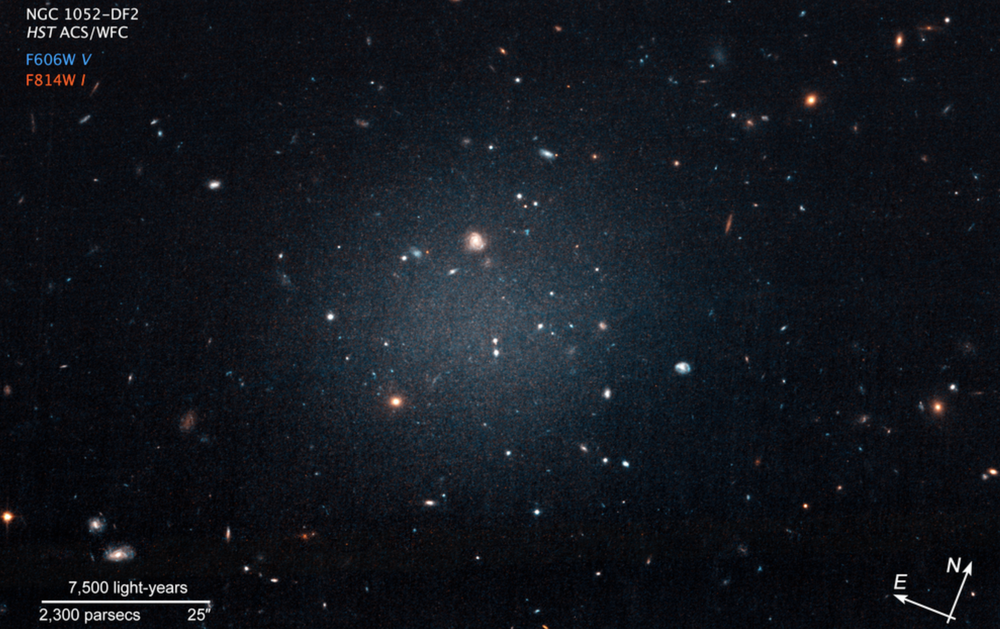
The galaxy NGC 1052-DF2 has remained a puzzle for astronomers, since modeling has shown that it is deficient in dark matter, which is in conflict with the standard galaxy formation and evolution models. A recent work from IIA shows that the estimation of the dark matter halo is critically dependent on the shape and structure of the dark matter halo and anisotropy of the stellar dispersion.
This is based on the paper titled "Challenges in modeling the dark matter halo of NGC 1052–DF2: Cored versus cuspy halo models", by K. Aditya, 2024, Astronomy and Astrophysics, Letters, 984, 1.
Press release issued by DST here.
Download the paper from here.